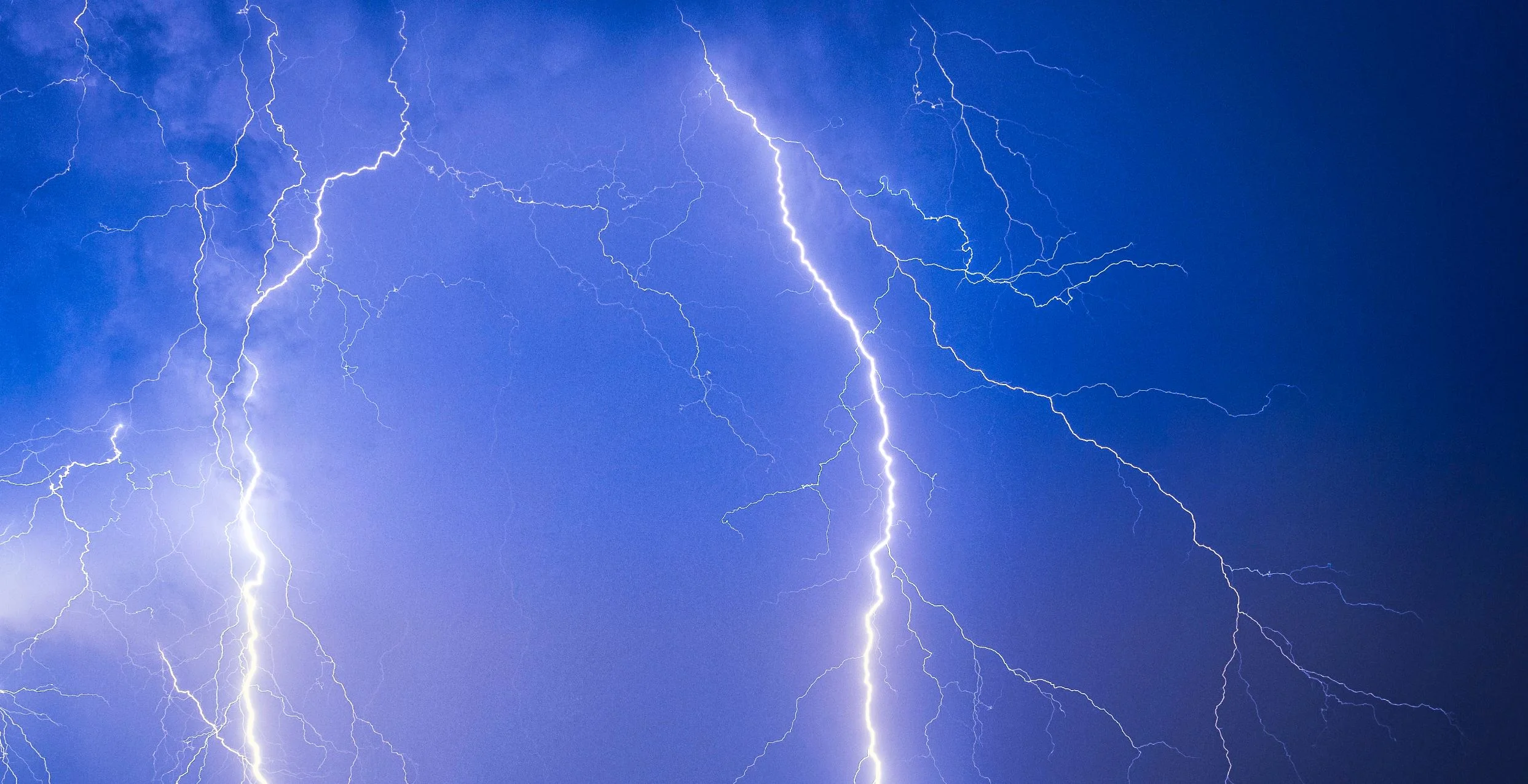Subject: An extremely rare thunderstorm occurred near the north pole. Meteorologist try to figure out what caused it - Comments and suggestions are welcome! Don't hesitate and leave a comment on our comment section down below the article!
By Universal-Sci
Image Credit: Idan Gil via Unsplash - HDR tune by Universal-Sci
Thunderstorms are rare on the north pole. On Earth, the largest abundance of lighting storms occurs above land in the tropics. To create thunderstorms, moisture is needed as well as a lifting force (heat) and an unstable air-mass that reaches high in the atmosphere. Things that are typically not present at the north pole.
Development of a thunderstorm
Warmer air rises upwards as warm air has a lower density than cool air. Clouds form as comparatively warmer air, containing moisture, rises within cooler air. The humid air rises, and, as it does so, it cools, as a result some of the water vapor in that rising air condenses. When the moisture condenses, it releases energy known as latent heat of condensation, which allows the rising parcel of air to cool less than the cooler surrounding air, continuing the cloud's ascent. If enough instability is present in the atmosphere, this process will endure long enough for cumulonimbus clouds to form and produce lightning and thunder.
Image depicting the formation and dissipation of a thunderstorm. - Image Credit: NOAA National Weather Service via Wikimedia Commons
Meteorologists were amazed when a weather alarm was issued on August 11 by the national weather service in Alaska, regarding a storm only 500 kilometers from the North Pole. It seemed very unlikely considering current climate circumstances. In total 58 electrostatic discharges were detected in the Arctic Ocean, north of the Laptev Sea.
Several American weather satellites passed the area during the storm. The satellite images showed clouds that moved with the storm. Furthermore, this cloud had properties of typical storm clouds.
Storms are very rare in the arctic. As stated at the beginning of this article, the ingredients for lightning storms are not available on the north pole. Thunderstorms have only been recorded three times before this close to the north pole and encompassed a maximum of seven electrostatic discharges each time.
Abnormal warmth in the north
This summer has been extraordinary for the arctic as record high temperatures were recorded as well as an unusual amount of wildfires. As a result of all of this, a lot of ice has been melting.
The thunderstorms were caused by a bubble with warm, humid air that came from Siberia. This region has been unusually warm in the first half of August.
Usually, Siberian air masses moving northwards cool down rapidly, but this summer the water temperature in the Laptev Sea is also exceptionally warm. Sea ice is present almost everywhere within the arctic circle. It is likely that the rainfall convection did not arise in the local air. According to the Royal Netherlands Meteorological Institute, we can expect thunderstorms near the North Pole to become a more common occurrence in the foreseeable future as climate due to the warming environment and better detection hardware.
Sources and further reading: KNMI news release, NWS Fairbanks, Thunderstorms
If you enjoy our selection of content please consider following Universal-Sci on social media:











